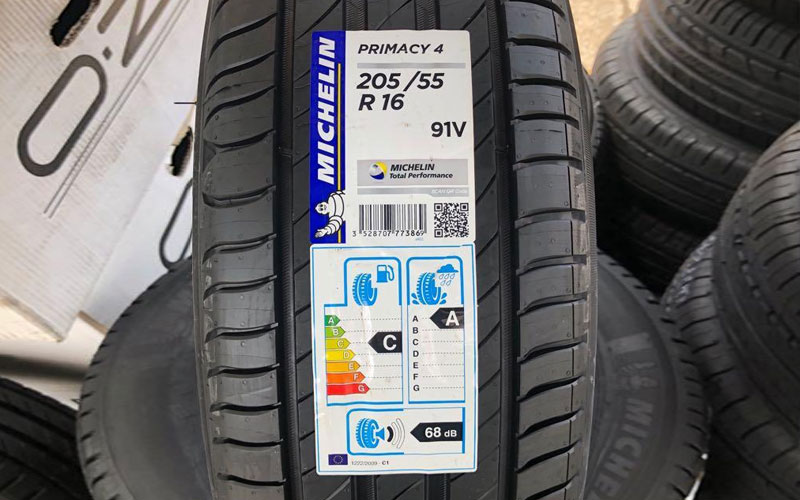Are you looking for Tyre Labelling for your vehicle?

The European Union (EU) frowns upon all sorts of pollution, especially vehicular pollution. Vehicular pollution does not comprise entirely of emissions; the noise that car tyres emit also contributes to a city’s pollution. In 2012, the EU introduced a new form of tyre labelling, known popularly as the EU tyre label.
The purpose of a tyre label is to help vehicle owners to choose the right tyres.
All tyres at (Broomsgrove Service Centre) come with the EU tyre label attached. We sell tyres from globally renowned brands which are 100% genuine.
What does an EU tyre label indicate?
The EU tyre label acts on three crucial areas: increasing fuel efficiency, decreasing tyre rolling noise, and improving your car tyre’s wet grip. These three aspects are described below.
Fuel Efficiency:
The EU mandates that cars should consume lesser fuel by 2020. To that end, a tyre’s rolling resistance has to be reduced. The EU tyre label takes into account that lowering the rolling resistance also lowers the levels of CO2 emissions and reduces fuel consumption. You will find a symbol that resembles a petrol pump and indicates the rolling resistance.
- It is measured on a scale of A to G, with grade D unoccupied and acting as a virtual cut-off point for the label. Class A is green in colour and thus ensures the highest fuel efficiency. On the other side, Class G is marked in red and indicates the least fuel efficiency.
- An improvement of even one class means that a car will save 0.1 litres every 60 miles. The closer your tyre is to Class A, the better a tyre is.
- A fuel consumption reduction of up to 7.5% is possible if a tyre’s label approaches Class A.
- The best part is, for commercial vehicles, savings are even higher. The reduced consumption will ultimately help in reducing the EU’s dependence on perpetual fuel supply.
Wet Grip
Included in the EU tyre label is a symbol which looks like a cloud. This symbol represents the wet grip of a tyre and also assigns similar classes and ratings. The higher a tyre's grip, the better it's driving safety. Besides, tyres with excellent wet grip shorten braking distance dramatically.
- The highest and best level is Class A (highest power, shortest braking distance) and the lowest and worst level Class G (lowest safety, longest braking distance). Class D is not assigned.
- The braking system is measured using a car travelling on a wet road at 50mph as a standard.
- Each class is characterised by 3-6 m of difference in braking distance. The closer the label is to Class A, the shorter its braking distance.
- A tyre with a Class A rating has a 30% reduced braking distance, compared to Class G tyres.
- At nominal speeds, a “normal” car will have a braking distance shortened by as much as 18m.
External rolling noise
A symbol resembling a megaphone indicates the external rolling noise in decibels (dB). The measured value indicates the volume of a tyres’ noise when passing by at medium speed.
- Three black bars mean that an external rolling noise abides by EU values that were valid till 2016 and are currently invalid. Three black bars represent the noisiest and the worst performing car tyre.
- Two black bars indicate that the external rolling noise of a tyre is equal to, or lower by up to 3 dB, which abides by current standards.
- A single black bar indicates that the rolling noise is more than 3 dB lower than the currently existing standards. Almost all good quality tyres have a single bar.
Keep browsing through our website for more details on EU tyre label-compliant tyres from great brands at even better prices!
